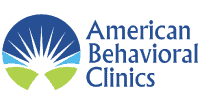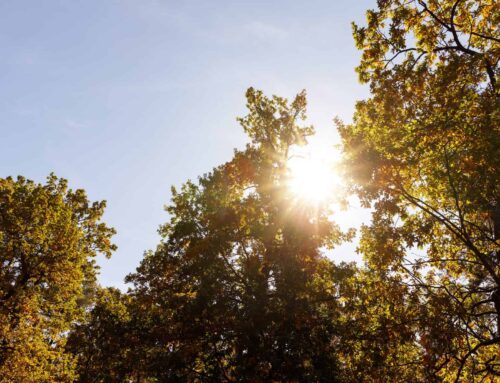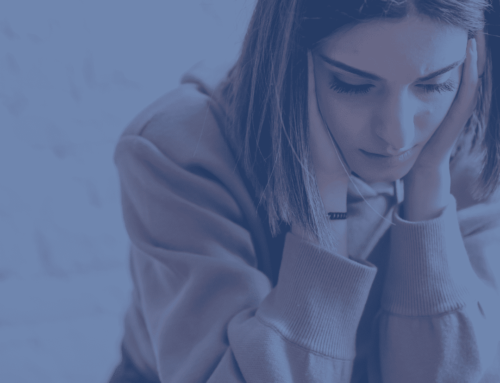While the Winter is often associated with Seasonal Affective Disorder (SAD), a good bit of literature on SAD neglects to mention that SAD can occur in any season, including Spring. Depression in Spring is often exacerbated by environmental factors, such as excessive pollen in the air for those who are allergic. Here’s what you need to know about “reverse SAD”, or SAD that occurs in seasons other than Winter.
Reverse SAD
Depression can take a foothold during the Spring months, especially for those who suffer from this variant of SAD. This disorder is a recurring pattern where a person becomes depressed for a certain period of the year, and the sadness is either gone or less severe the rest of the year. While the vast majority of people who have SAD have it triggered in the Winter, about 10% are triggered by another season.
Depression in Spring
Depression in the Spring might be more common than you think. The National Institutes of Mental Health performed a study showing that Spring is actually when the suicide rate hits its yearly peak. This peak lasts from the beginning of April to the end of May. But why do so many people take their own lives during this time period? It turns out that the most likely reason is similar to why antidepressants can sometimes increase the risk of suicide when patients begin taking them. With antidepressants, some people who have been chronically depressed have simply lacked the energy to take their own lives. The antidepressant then works, and sometimes the increased energy the patient has can result in suicide. Though this is fairly rare, it does occur.
Of course, after the Winter Solstice, the amount of sunlight each day increases. After a long winter, the Spring brings far more hours of sunlight each day. More sunlight means more energy for most people. This could mean that someone who was depressed the whole Winter now feels he or she has enough energy to go through with suicide.
Getting Through Spring
John Sharp, a Harvard psychiatrist, has done extensive research on this subject. It’s first important to understand what he calls the “three realms”. These are three separate categories of events that usually influence someone’s mood.
The first realm is the physical environment that surrounds someone. This includes everything from the weather to people around them to their perception of the aesthetics of their surroundings. The second realm consists of various cultural events, religious events, parades, or other large gatherings in a positive atmosphere. The final realm is all anniversaries of significant events in that person’s life; these may be positive or negative and include marriages, divorces, deaths of loved ones, births of children, and more.
The Spring Paradox
The first and second realms during the Spring are usually positive for most people. Many are glad that Winter is finally over. The second is also positive for most people, since most find communal events to be positive and uplifting. However, if someone who is depressed during the Spring sees these realms, he or she is likely to feel even more cut off from the world, increasing the chances of suicide.
Another Explanation
Another possible reason that this variant of SAD occurs is that people predisposed to mental illness may see the Winter as a reason to be isolated. After all, the weather is cold, not too many people are milling about, and there aren’t many public social events. This may serve as an emotional “cover” for many. However, that cover is ripped off when Spring comes around.
All of a sudden, these people may become inconsolable. There is no longer that safety of Winter nearby, and they may feel a lack of security. Without proper coping mechanisms or medication as needed, there could be dire consequences.
Are You Suffering from Reverse SAD?
Did this article ring a bell? If you’re acutely suicidal and need immediate assistance, you should either call 911 or go to your nearest Emergency Room. However, if you have experienced these symptoms before and feel that it’s just a necessary cycle each year, it’s not!
Though this disorder is a rarer variant of SAD, depression in Spring can wreak havoc on your personal life. To take the first step in identifying your triggers and side-stepping those depressing feelings, contact a mental health professional and schedule an appointment today.
You might also want to read: Sad Symptoms & How to Spot Them in a Loved One.
Take Our Depression Questionnaire
Although this doesn’t replace an evaluation from a professional, you can take this self-assessment and get an immediate depression score:
Existing Patients and New Patients, Call us to schedule an appointment, get a prescription refill or just to ask a question:
New Patients ONLY - Want to contact us through a form? CLICK HERE to fill out our contact form.





